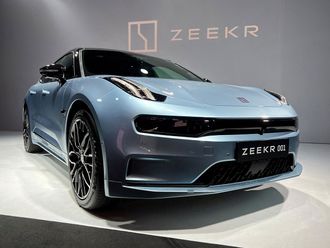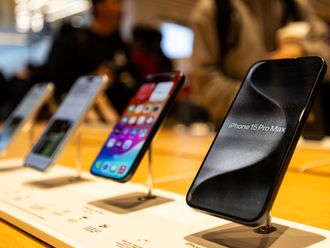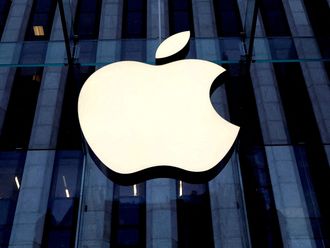While we often talk about the softer aspects of retail management — focusing on sales service, display, marketing and the like — one area where a lot of change has been happening rapidly is in the use of technology.
Retail management needs real agility, skill and speed now, especially as many concepts quickly grow from one store to multi-store, multi-geography and often multi-currency operations.
The adoption of ERP (enterprise resource planning) and point-of-sale systems in the last couple of decades helped to integrate and streamline operations. Many companies however still work on a mix of legacy and new systems, thus finding it hard to take the decision to quickly unify the whole operation. Besides this, the system is often designed for ‘operational management’ (the money and the goods) and not ‘strategic management’ (information for planning and control).
Interesting situations result, like the structuring of the data on the basis of locations (or silos). This precludes the benefits of sharing information across the organisation. When visibility of stocks in a shop is restricted to users in just that location a customer in another branch or another vertical- such as online or wholesale- will have no access to it.
Or if it is visible, it cannot be sold unless the original location agrees to make a transfer. Anyone managing a business will tell you this seldom happens and the sale is lost.
Such situations have an impact on both buying and selling productivity and call for programmes to be designed from the perspective of the whole organisation, instead of protecting business verticals or locations.
Surprisingly when purchasing software, many organisations forego the business intelligence option seeing this as an unnecessary extravagance (“We will get it later once we fully utilise the reports that we have”, is the usual argument).
Therefore, strategic planning and management ends up with own created systems and formats, often with intensive use of Excel and many hours of labour.
This may be fine for a small operation with a couple of shops, but as size and complexity grow, a good business intelligence software can improve the efficiency of the operation manifold. Large ERP providers like Oracle, SAP and Microsoft have their own business intelligence suites, but there are also a whole raft of other effective programs like Tableau, Qlik, Zap, Yellowfin and BI360 to choose from.
Having quick visibility and information on demand through a BI programme increases flexibility, speed and effectiveness of decision-making at all levels and users do not have to keep chasing the IT department for critical reports which finally arrive in the middle of the month. Senior management need not panic as access to types of reports and levels of information can be restricted on the basis of preset protocols.
During the internet of Things Expo last month, it was interesting to see the range of ideas that are coming into the mainstream with emphasis on ‘Big’ and ‘Small Data Management’. A whole lot of solutions were up on display with cloud-based systems looking the most attractive.
For retailers, the internet of Things has many ideas which are now live and in use.
Through the clever use of beacons and sensors of various shapes and sizes and RFID (radio frequency identification), the in-store experience can be individually tailored and enhanced manifold. Solutions are available to identify customers, projecting onto their smartphones as they walk around the store information on their preferences, or even directing specific sales offers to them.
Connecting to the store’s Wi-Fi system often requires acceptance of store offers and marketing messages which can be linked to the customer’s past buying behaviour.
Floor sensors are being installed to anaylze customer movement, numbers and time spent. This detects high and low traffic areas for action — high traffic may need more stocking or staff attention, while low traffic needs corrective measures to push sales.
Electronic price labels which are interconnected through Wi-Fi or Bluetooth enable changing of prices of specific products remotely, or based on product age/availability. Special offers on specific price labels can be triggered either remotely, or based on item age or supply.
It is almost as if each price label can think for itself. Sensors will alert stockers when certain items are low or out of stock ensuring constant availability.
Management will be notified about the temperature condition of each cooler, avoiding loss of stocks due to failure of cooling — which often only gets noticed when the damage is done.
These are just early days and much more is on the horizon. If you are running retail today, you are going to have to be ready to adopt and enhance the use of the two great enablers- IT and IoT.
The writer is CEO of Tridayle Consult FZE. www.tridayle.com












